Surfing rules
Surfing is an extremely popular pastime in the Landes. Surfers enjoy the unique experience of being in harmony with the ocean. Much more than a sport, surfing is a state of mind, a way of life, a culture in itself. And as with every culture, it has its own codes to learn and understand.
There are specific rules for surfing that you must respect to ensure everyone’s safety and wellbeing at all times.
Surfing rules and etiquette
1. Safety first
Safety is paramount when it comes to surfing. Before taking the plunge, you must:
- Assess surf conditions, wave size, currents, shore break, etc.
- When a wave comes, don’t let go of your board if there is another person close by (especially if they are behind you).
- Always wear a leash to avoid losing your board.
- Respect the lifeguards’ warnings and recommendations.
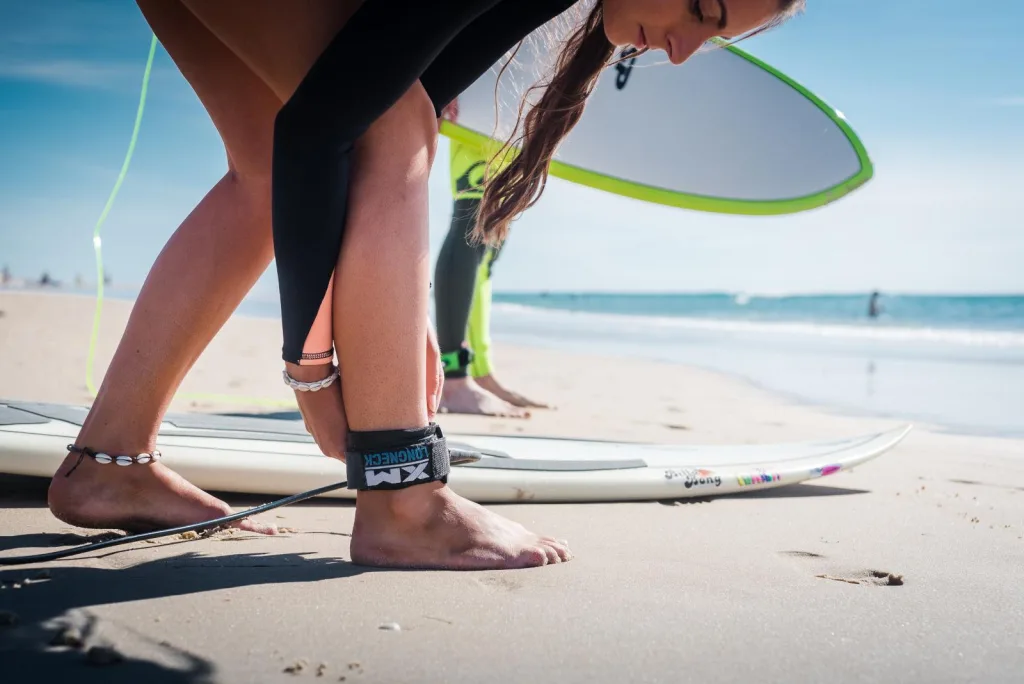
2. If you are a beginner, take a surf lesson
If you have never surfed before, a surf lesson or week-long course is highly recommended. Qualified instructors teach the basics, surf-specific safety rules, ocean knowledge (tides, swells, lulls, rip currents, etc.), and will help you improve quickly.
Investing in a surf lesson will save you valuable time.
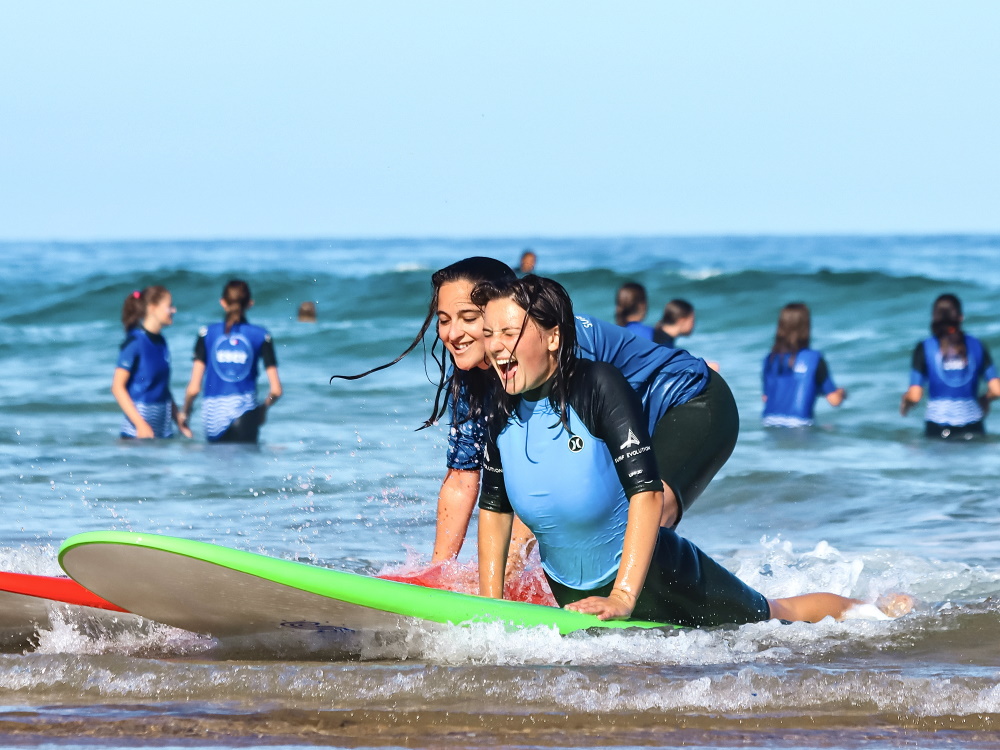
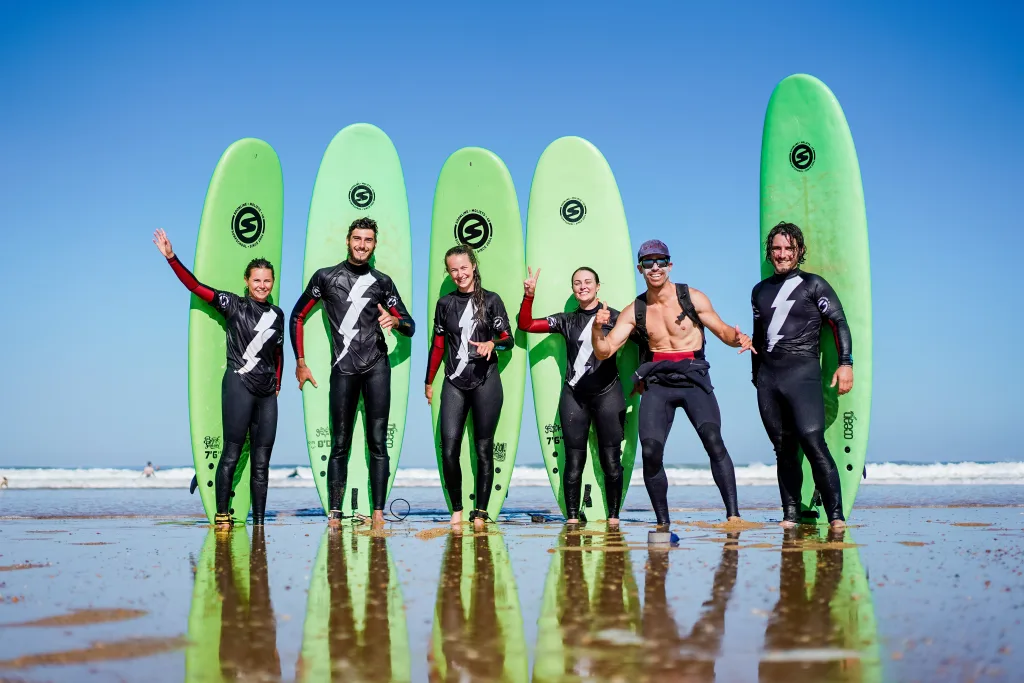
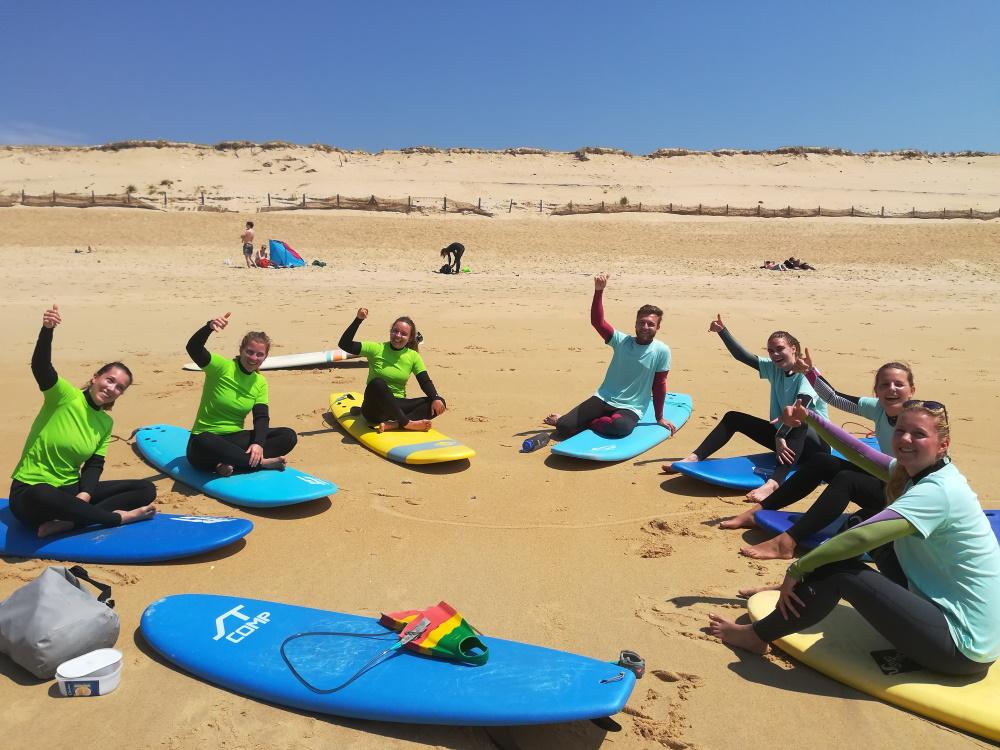
3. Respect other beach users: bathers and people fishing
You can only surf outside the supervised bathing area, which is easily identified by the red and yellow flags. If a fishing boat is already in place, keep your distance to avoid any risk.
Surfing is a fantastic sport that offers a unique relationship with the ocean but it comes with certain risks. By complying with these rules, it will be all the more enjoyable for everyone.
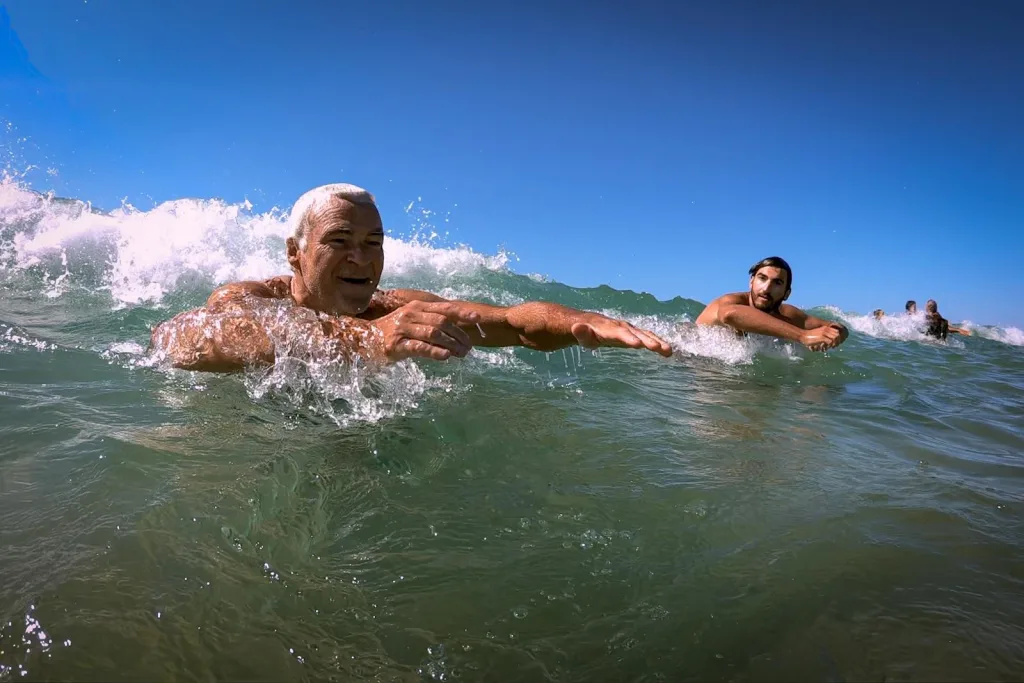
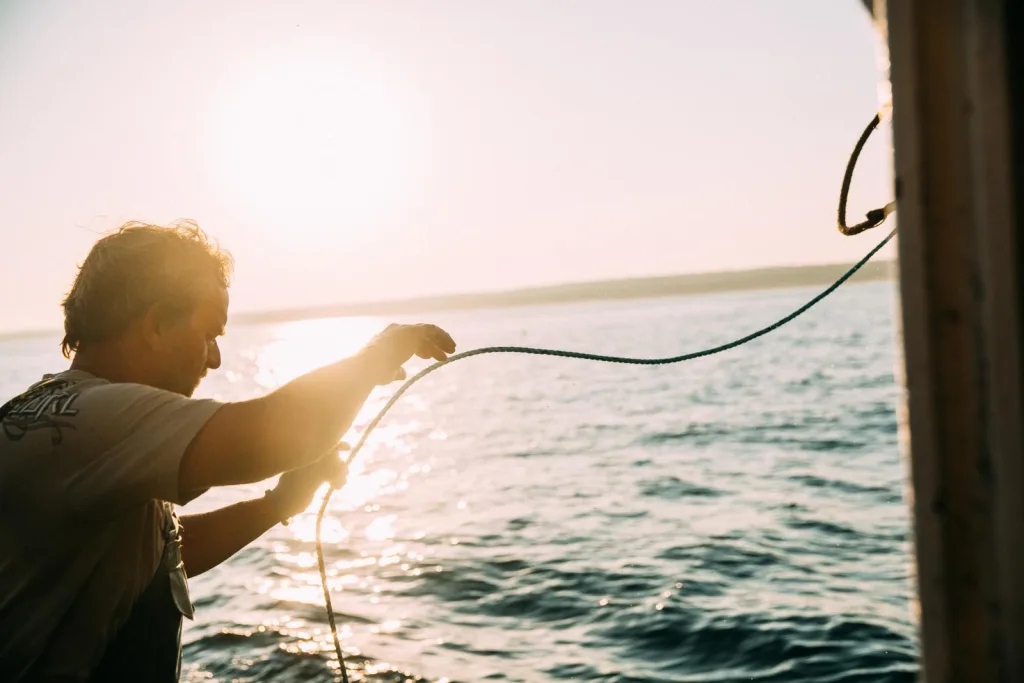
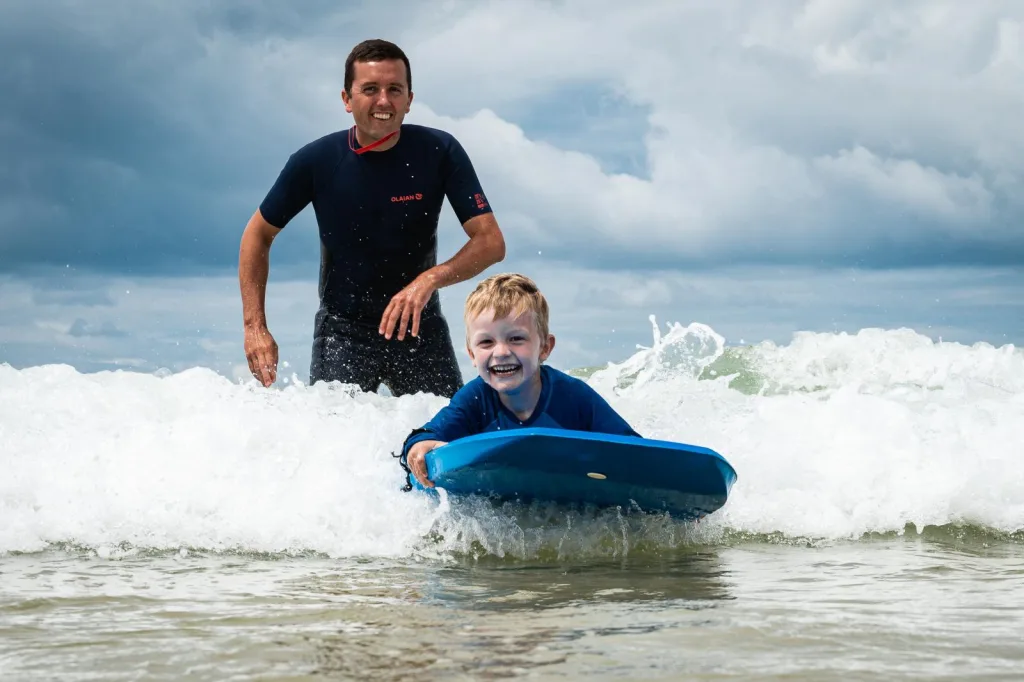
4. Avoid crowds
Depending on surf conditions and spots, waves can get very crowded. If possible, choose a quieter spot. The Landes coastline is uninterrupted for over 100 kilometres with a great choice of waves. This rule is even more important when surfing in a group. Try to avoid turning up in a group of ten surfers when the spot is already busy.
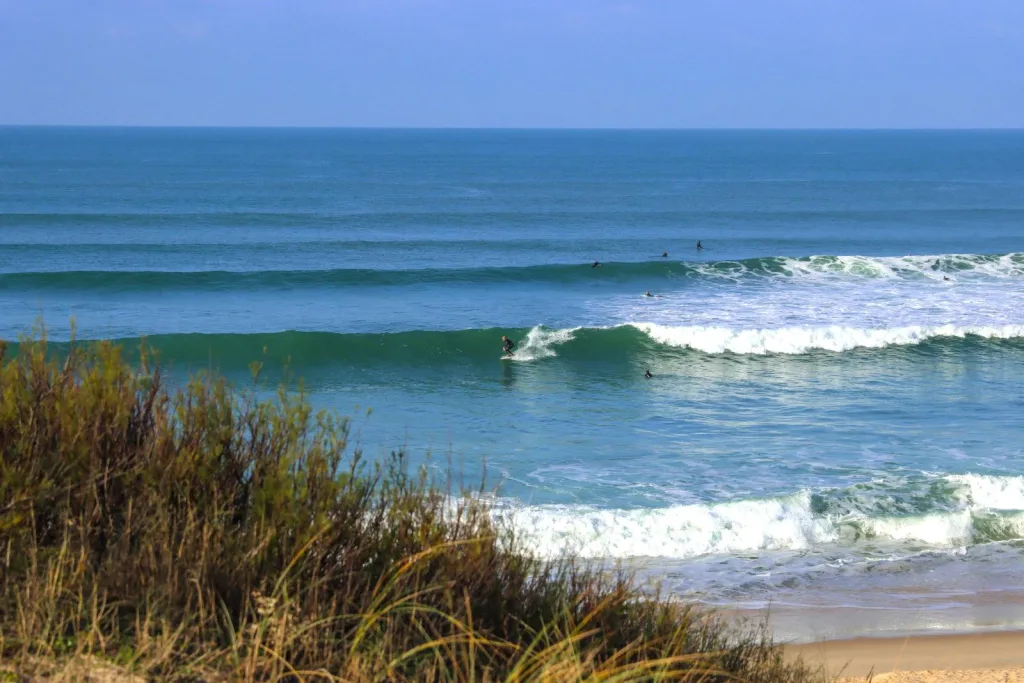
5. Respect priority
To ensure optimum safety, respect other surfers by avoiding surfing too close to other people. It is also vital that you respect the priority rules.
The surfer the closest to the wave’s breaking point (the curl or peak) has priority over those on the outside. This means that if you are already standing, other surfers must avoid getting in your way. At the end of the wave, you have to head back on the outside so as not to get in other people’s way and to give them priority. Be careful not to monopolise all the waves.
By respecting priority, you avoid collisions and ensure a friendly atmosphere between surfers. Fair sharing of the waves helps to maintain this good atmosphere.
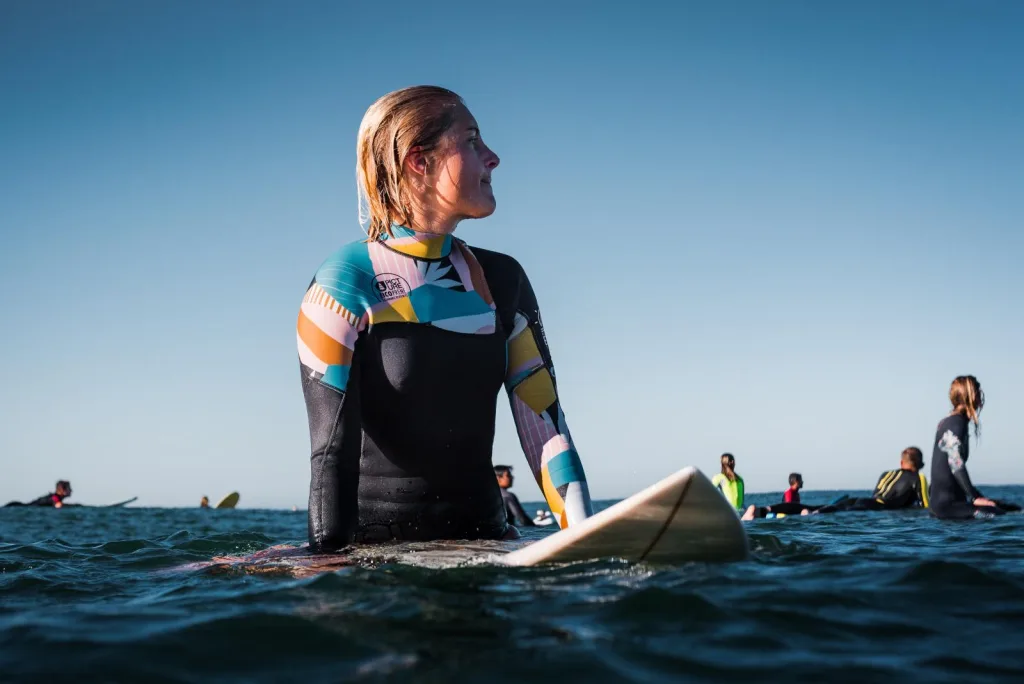
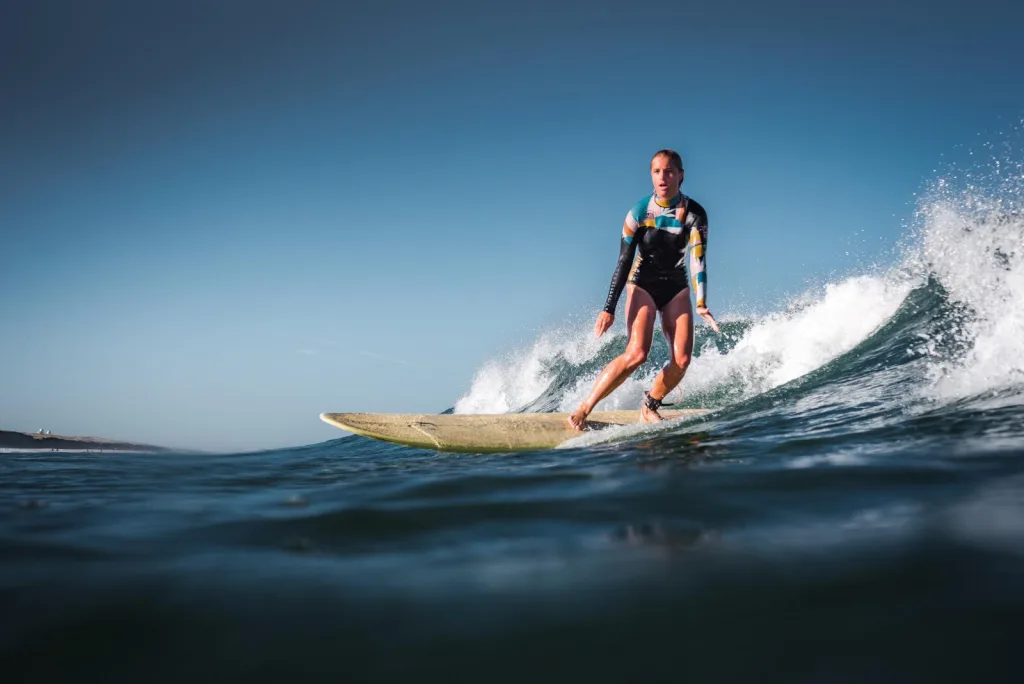

More information
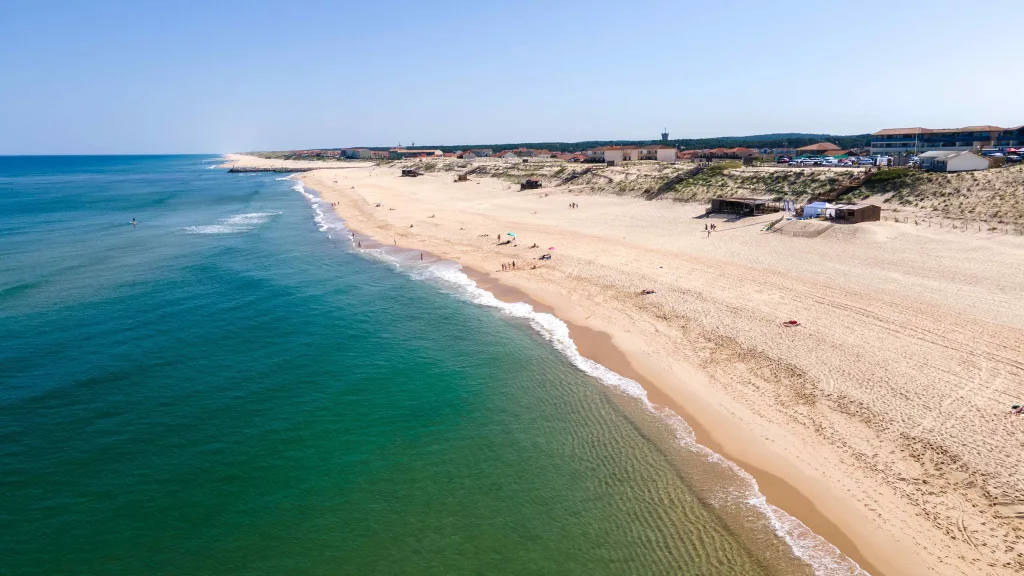
Landes coastal conservation
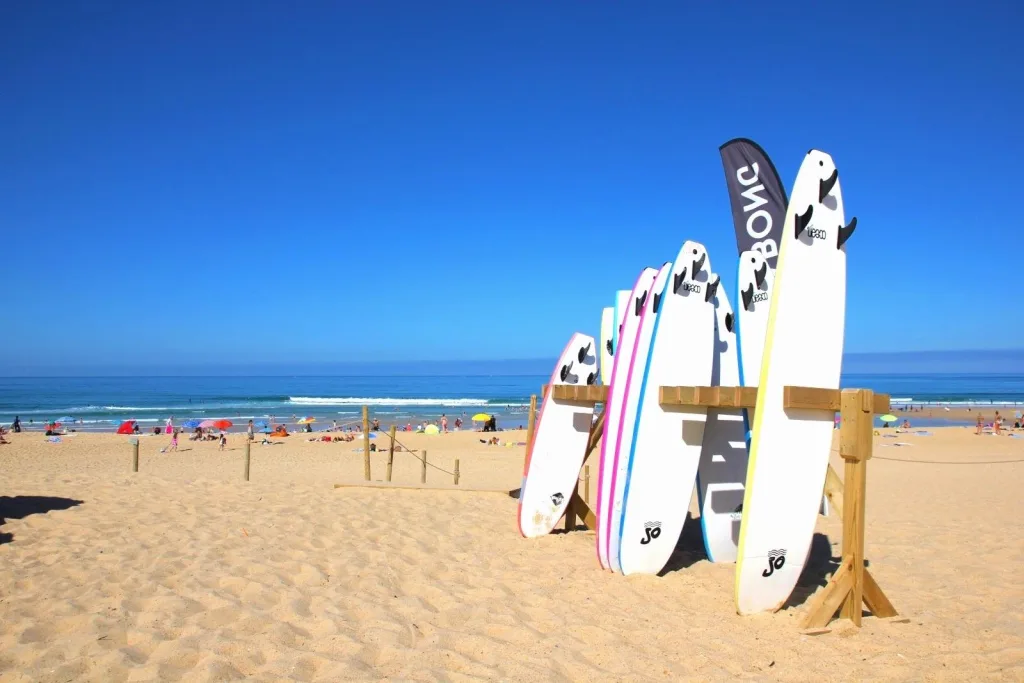
Surf schools